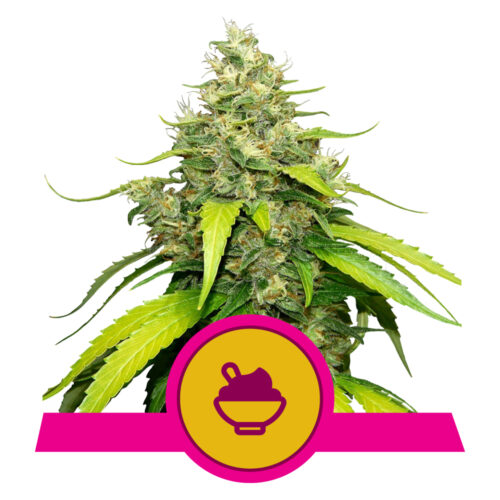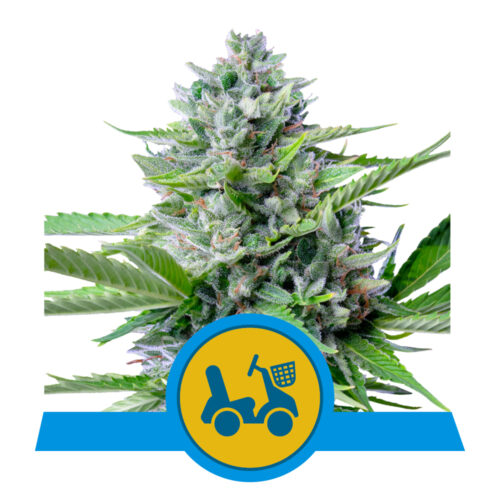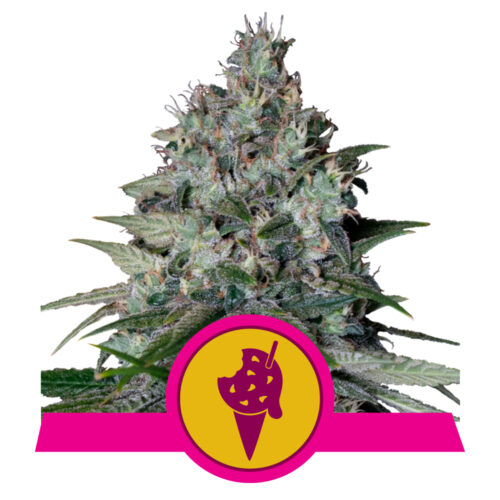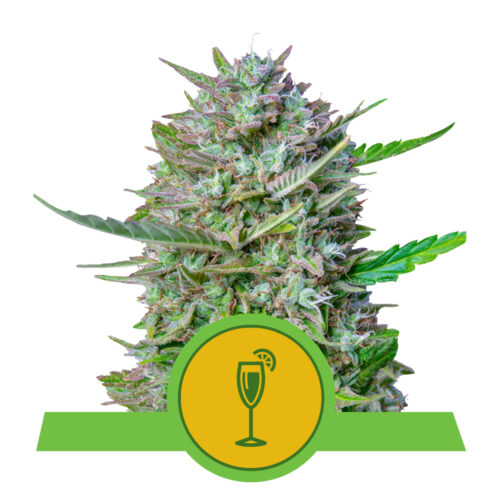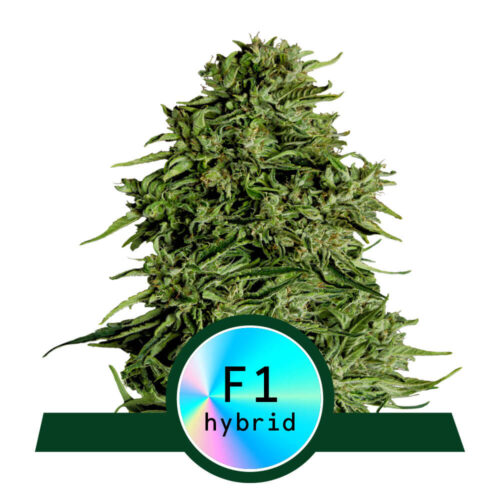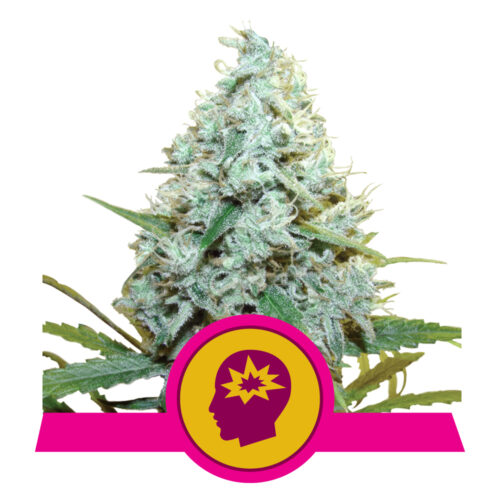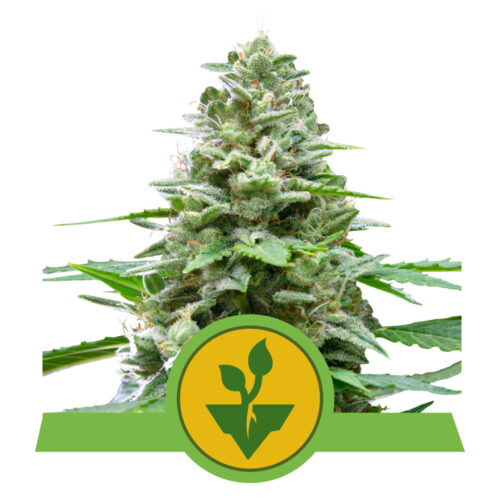Who out there has been thinking about growing their own cannabis? Well, you’re certainly not alone. A good majority of people have probably considered purchasing some cannabis seeds. Anyone with a gardening hobby knows that seeds must be germinated in order for healthy plants to grow. They also understand that buying the right seeds, in the sense that they’re fresh and high in quality, can make all the difference in the success of a yield.
But, a lot of times when buying cannabis seeds, we overlook the biology aspect that enables them to exist and germinate in the first place. We will be covering the fascinating nature of cannabis seeds, and how this information can be used to your advantage as a home cultivator.
TO BUY CANNABIS SEEDS CLICK HERE
What are Cannabis Seeds and What Role Do They Have in the Reproductive Cycle of Cannabis?
Cannabis seeds (either marijuana or hemp) are one of two options when it comes to cultivating – the other is using a cutting of a mature plant, although this yields less reliable and overall satisfactory results.
The production of cannabis seeds is a critical part of the cannabis plant’s reproductive cycle. All cannabis plants begin with seeds, which are found in the female plant. When the plants mature, pollen from male cannabis plants fertilizes the female plants, and so the female plants produce more seeds – hence the cannabis life cycle that can be repeated over and over again. Once the seeds are collected from the female plant, they can be stored in a cool, dark, and dry place, in order to last for a few years, after which point they are no longer viable as they can no longer germinate.
Using Genetics to a Grower’s Advantage
The cannabis plant grows wild throughout many parts of the world, and this reproductive cycle takes place in nature. However, in the 1980s, we began to see a rise in cannabis breeding, which initiated a growing demand in cannabis seeds, in particular. It started with Dutch cannabis growers, as for a long time, Denmark was one of the only places in the world in which cannabis was legal. The Dutch cannabis industry began employing biologists and geneticists with experience in plant biology, to collect cannabis seeds from different strains and breed one-of-a-kind phenotypes, based on certain desirable traits from both parents. Ever since then, cannabis breeding has become a staple of the industry, with the production of higher-THC, higher-terpene cultivars that dominate the market today.
What are the Characteristics of Cannabis Seeds?
Cannabis seeds are very small, and only a couple millimeters long and wide. They have an oval shape, and have a hard shell covered by a very thin membrane. Inside each seed is albumen, a nutritional substance that feeds the seeds until they are germinated. Because there is a finite amount of albumen in each seed, once it runs out after 2-5 years, the seeds are no longer viable, as they’re cut off from their nutritional resource. Albumen is also responsible for feeding the seeds as they germinate, giving them the energy they need to turn into seedlings, and eventually plants.
Inside every seed is also the genetic coding of the plant, which determines the strain you will end up with when the plant does mature weeks later. There are three other components of a cannabis seed’s interior:
- Radicle: What eventually becomes the root of each plant.
- Hypocotyl: The embryonic material.
- Cotyledons: The material that allows the seedlings to develop leaves.
These three materials work together to initiate the stage of transition between seed to seedling, and eventually plant.
Of course, cannabis seeds do not yet contain the chemical compounds that we derive from cannabis, like cannabinoids and terpenes. These valuable compounds only develop when the plant matures. This is why you won’t get anything from smoking cannabis seeds. But, cannabis seeds do contain nutrients including omega fatty acids, which is why hempseed oil is often used as a nutritious alternative to other cooking oils.
Germinating Cannabis Seeds to Grow Mature Cannabis Plants
Now, almost anyone reading this article is interested in cannabis seeds because they want to grow plants at home. And, in order to do that, we need to start with the germination process, which is the process during which seeds turn into seedlings, and begin taking root in soil (or water, if you’re using a hydroponic setup).
In order for seeds to germinate, they need to be mature. Harvesting seeds from the female cannabis plant too early can mean that they haven’t yet developed the inner materials we listed earlier, which allows this transition to take place. A telltale sign of a mature seed is its color, as white or green seeds are clearly immature, and not ready for germination. The skin of the seed will also be loose rather than adhered to the seed. Remember, size isn’t a relevant factor, since different strains produce different seed sizes.
The actual germination process is quite simple. One of the most common methods is to just soak your seeds in water for about 24 hours, until they develop a taproot – aka, a small root coming out of the seed. From there, you can gently place these rooted seeds into a pot, positioning them so that the taproot is in the growing material. Note that for the soaking process, a dark and dry environment at room temperature is ideal.
Keep in mind, it’s not uncommon for some seeds to fail to germinate. This is why you germinate several seeds at once – it increases the success rate of those that eventually transition into seedlings.
How Do Cannabis Seeds React to Different Temperatures?
Cannabis seeds, like many other plant seeds, have specific temperature ranges that are optimal for their germination and early growth stages. The way cannabis seeds react to different temperatures can significantly affect their germination rate, growth speed, and overall health. Monitoring and adjusting environmental conditions to ensure they remain within the optimal range can lead to healthier plants and better yields.
- Germination Temperature:
- Optimal Range: The ideal temperature range for cannabis seed germination is between 20°C-25°C (68°F-77°F). Within this range, seeds can absorb water efficiently, which triggers the activation of enzymes necessary for germination.
- Lower Temperatures: Temperatures below 20°C (68°F) can slow down the germination process or halt it altogether. Lower temperatures may also increase the susceptibility of seeds to rotting or fungal infections.
- Higher Temperatures: Temperatures above 25°C (77°F) can speed up water absorption but also increase the risk of drying out the medium in which the seeds are planted. Extremely high temperatures can damage the seeds, inhibit germination, or lead to weaker seedlings.
- Early Growth Stage Temperature:
- After germination, young cannabis plants (seedlings) thrive in slightly warmer conditions. A range of 20°C-30°C (68°F-86°F) is generally suitable. This range promotes vigorous growth and healthy development.
- Consistency in temperature is crucial during the early stages of growth to prevent stress that could lead to stunted growth or other health issues.
- Temperature Fluctuations:
- Cannabis seeds and seedlings can tolerate some degree of temperature fluctuation, but extreme changes can be harmful. Gradual changes between day and night temperatures mimic natural conditions and can be beneficial, but sharp drops or spikes should be avoided.
- Humidity and Temperature:
- The interaction between humidity and temperature also plays a significant role in the health of cannabis seeds and seedlings. High humidity levels can compensate for slightly lower temperatures, but excessive moisture combined with cold can promote mold and fungal growth.
- Conversely, low humidity levels might require slightly lower temperatures to prevent excessive evaporation and drying out of the seeds or soil.
Can Cannabis Seeds Spoil?
Yes, cannabis seeds can soil over time. The viability and germination rate of cannabis seeds can decrease if they are not stored properly. Factors that can affect the longevity and health of cannabis seeds include:
- Moisture: Excessive moisture can lead to mold or fungal growth on the seeds, effectively ruining them. On the flip side, too little moisture can dry out the seeds, reducing their viability.
- Temperature: Extreme temperatures, both hot and cold, can damage seeds. A stable, cool temperature is generally considered best for long-term storage.
- Light: Exposure to light can decrease the viability of seeds over time. Storing seeds in a dark place helps to maintain their germination rate.
- Air: Oxygen can speed up the degradation process of seeds. Vacuum sealing or using containers that limit air exposure can help extend their shelf life.
For optimal storage and to maximize the lifespan of cannabis seeds, they should be kept in a cool, dark, and dry place. Some people use refrigerators or freezers for long-term storage, which can help preserve the seeds for several years if moisture is controlled to prevent freezer burn or condensation when thawing. However, it’s important to consider that not all seeds will remain viable for the same amount of time, and even under ideal conditions, the germination rate will decrease as the seeds age.
Are Cannabis Seeds Legal in the United States?
Cannabis seeds are legally recognized as legal to possess in the United States. This legal status came into effect after the DEA quietly acknowledged it in April 2022, following the Agricultural Improvement Act of 2018 (commonly known as the 2018 Farm Bill). This piece of legislation federally legalized hemp, a type of cannabis sativa plant with a low THC content, and removed it from the controlled substances list, which includes cannabis seeds. Additionally, cannabis seeds that are not germinated are legal in the United States because they are not considered drugs, and the government recognizes that the seeds can be purchased for other uses such as bird food, fishing bait, preservation, and as souvenirs, not necessarily for growing cannabis. However, it’s crucial to pay attention to the fact that cannabis products are illegal under federal law.
How are Cannabis Seeds Different from Clones?
Cannabis seeds and clones are two distinct methods for starting new cannabis plants, each with its own set of advantages and differences. Before we get into those, the choice between cannabis seeds and clones depends on the specific needs and goals of the grower, including considerations of genetic diversity, growth time, plant health, and legal constraints.
Cannabis Seeds:
- Genetic Diversity: Seeds carry genetic information from both parent plants, leading to a wider range of phenotypes. This can result in varying levels of THC, CBD, and other cannabinoids, as well as differences in plant structure, flavor, and aroma.
- Resilience: Plants grown from seeds tend to develop a taproot, which can help them access water and nutrients more efficiently and make them more resilient to environmental stresses.
- Legality and Availability: Seeds are often easier to transport and purchase legally across different regions, as they are considered less directly related to cannabis production until germinated.
- Starting Fresh: Growing from seeds means starting with a clean slate, without the risk of inheriting pests or diseases from mother plants, which can happen with clones.
Cannabis Clones:
- Consistency: Clones are genetically identical to the mother plant, ensuring uniformity in the crop. This is particularly beneficial for commercial growers who need to maintain consistent product quality.
- Faster Vegetative Growth: Cloning skips the seed germination stage, allowing plants to enter the vegetative growth phase directly. This can shorten the overall growth cycle by several weeks.
- Predictability: Since clones are exact genetic copies of their mother plant, their growth patterns, yield, cannabinoid profiles, and other traits are highly predictable.
- Space and Cost Efficiency: Cloning can be more space-efficient and cost-effective for ongoing cultivation operations, as it eliminates the need for seeds and reduces the variability in plant quality.
Key Differences:
- Genetic Variation vs. Uniformity: Seeds offer genetic diversity, leading to a variety of phenotypes, whereas clones ensure genetic uniformity.
- Growth Start: Seeds need to germinate and develop into seedlings before further growth, whereas clones can start growing immediately in the vegetative phase.
- Resilience vs. Risk: Seed-grown plants might be more resilient due to the presence of a taproot, while clones risk inheriting any issues from the mother plant.
- Legal and Commercial Implications: The ease of transporting seeds and the ability to start with a disease-free plant make seeds appealing for some, while the consistency and speed of cloning benefit commercial operations.
From Seed to Mature Plant: The Life Cycle of Cannabis is Worth Knowing
If you want to invest in cannabis seeds, it’s good to know the basics of the plant’s reproductive cycle and germination process ahead of time. This way, you can better care for each seed while you begin to undergo the germination process, and eventually end up with healthy seedlings. Now, all you need to worry about is purchasing the best cannabis seeds for a successful harvest, which starts with choosing them from a reputable company like STRNG Seeds.
